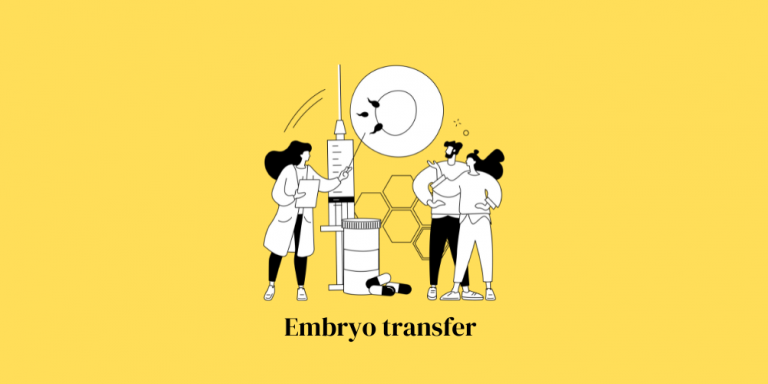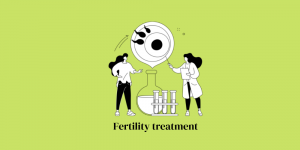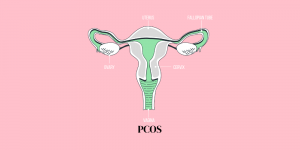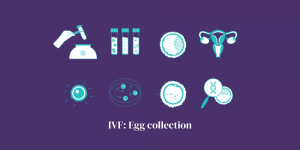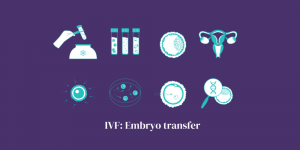What is the difference between a natural and medicated frozen embryo transfer (FET) cycle?
Two types of approaches are used in embryo transfer for monitoring and preparing the lining of the uterus for transfer. These include a natural frozen embryo transfer (FET) cycle and a medicated frozen embryo transfer cycle.
FET treatment involves transferring the embryo at the ideal time in the ovulation cycle and when the lining of the uterus is at the right thickness. The lining of the uterus can be prepared using medication. The length of a FET cycle approximately lasts 6 to 8 weeks; however this may vary depending on an individual’s treatment plan.
What is Natural FET?
A natural FET cycle is performed when a woman has regular menstrual cycles and ovulation. Your menstrual cycle is monitored, and the timing of the transfer is carried out in time with natural ovulation. Sometimes, a natural FET cycle may be supplemented with a hormone injection (specifically, a human chorionic gonadotrophin, or hCG, injection). This helps control precisely when ovulation will happen to help with embryo transfer. Natural FET cycles require more monitoring and ultrasound scans (approximately 3-4 scans) as they are more difficult to predict.
What is medicated FET?
During a medicated FET cycle, oestrogen and progesterone medication is administered to the woman; to aid the thickening of the uterine lining and make it receptive to the embryo. Medication is also given to suppress your natural cycle and prevent ovulation. Oestrogen and progesterone medication are continued from the point of a positive pregnancy test all the way through the vital first 12 weeks of pregnancy.
How soon after failed FET can I try again?
If your failed FET was a natural cycle, you can try again immediately after the failed FET cycle. However, it is recommended to wait for at least one full menstrual cycle following a failed FET (approximately 4 to 6 weeks), especially if it was a medicated FET cycle. This is recommended in order to give your body a chance to fully recover and your cycle to return to normal.
What are the symptoms you may have during the two-weeks’ wait?
The “two-week wait” refers to the time you have to wait until you can take a pregnancy test following an embryo transfer. During this time, the symptoms you may experience include; cramping, bloating, spotting or light bleeding, fatigue and breast tenderness. These symptoms are normal and do not confirm that you are, or are not, pregnant. Pregnancy can only be confirmed with a pregnancy or blood test following the two-week wait.

